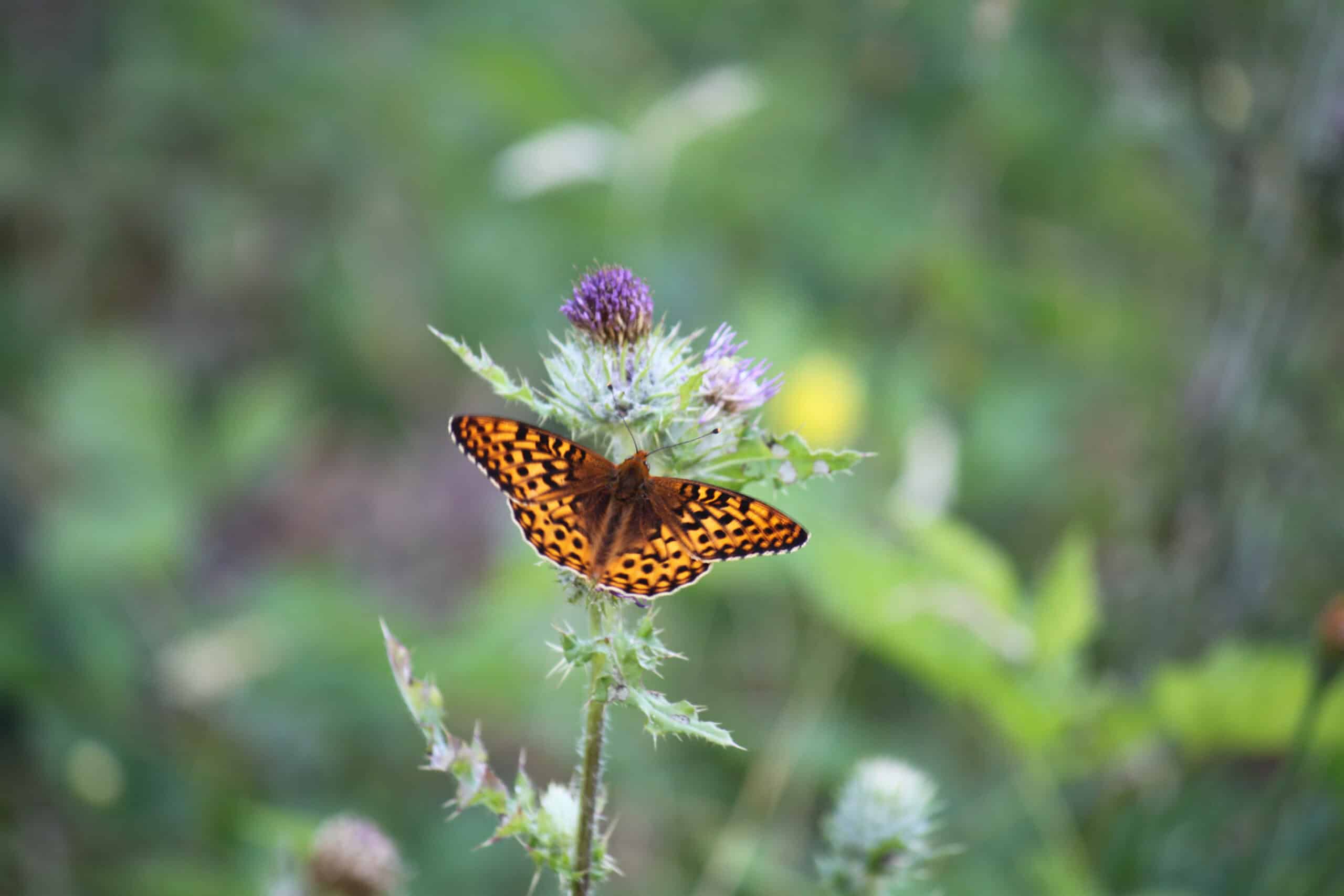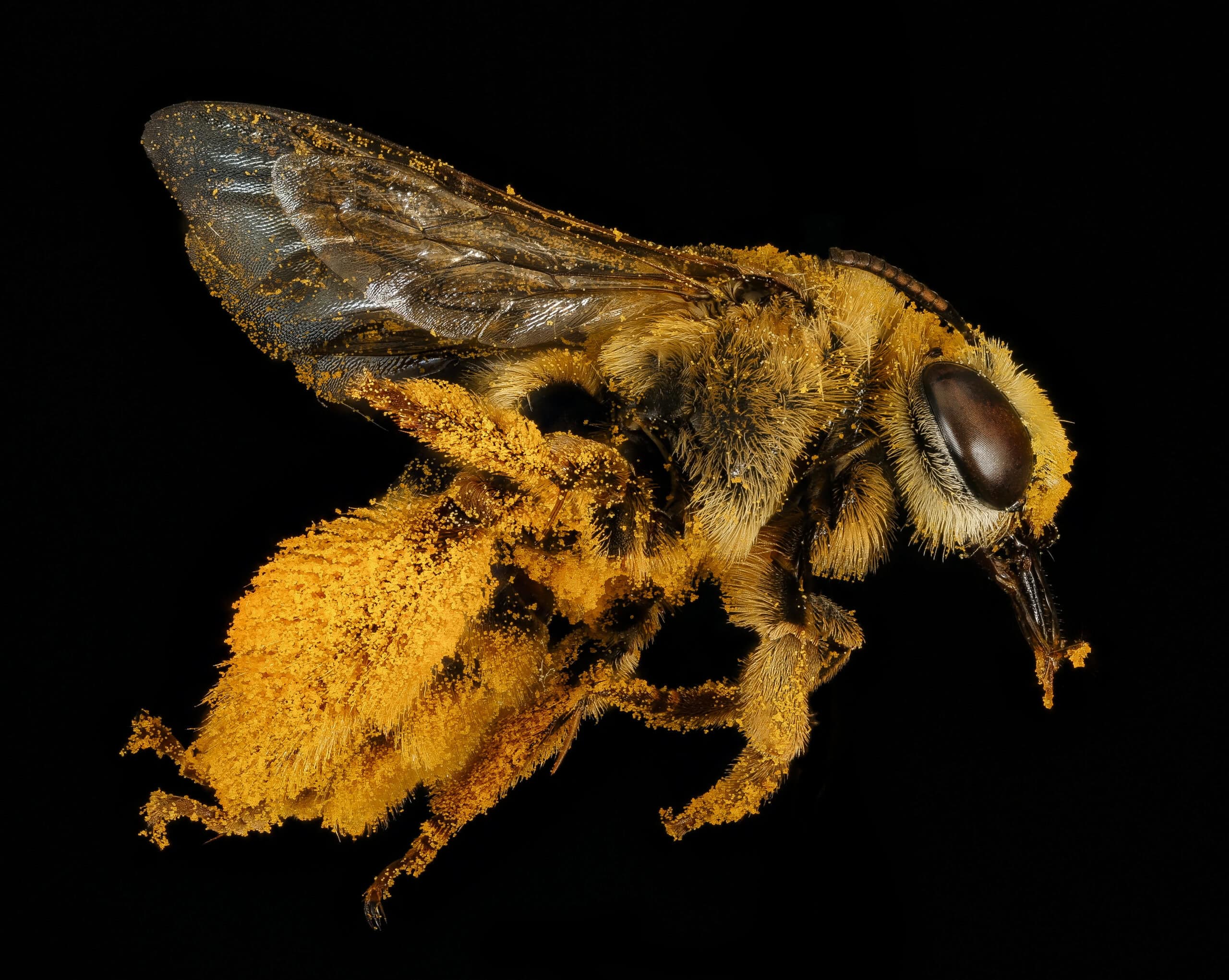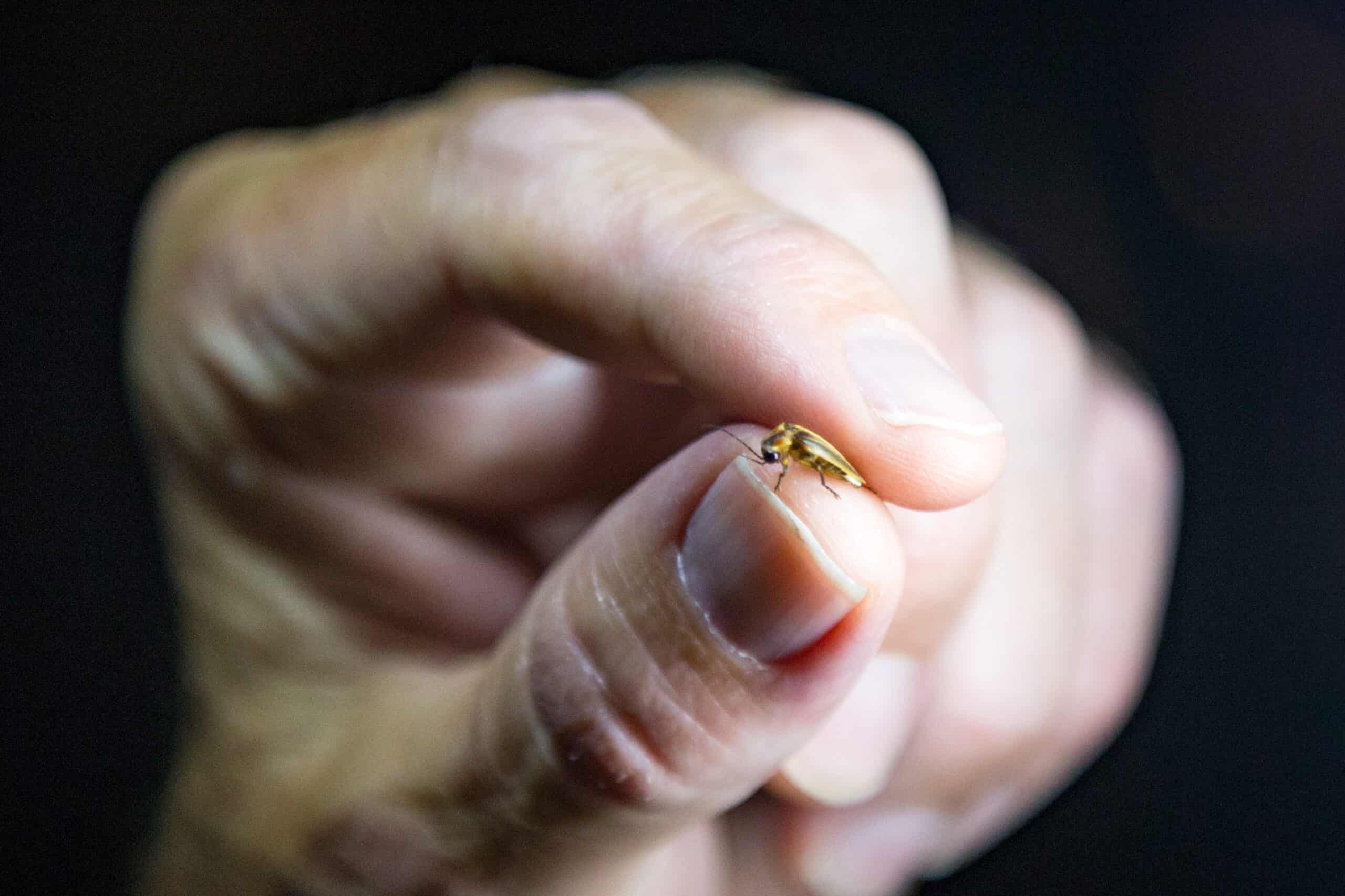Share this article
Wildlife Featured in this article
- Oregon silverspot
- Taylor’s checkerspot
- Karner blue
Habitat management helps at-risk butterflies
A number of butterflies in the U.S. face threats from climate change
For a number of at-risk butterflies in the United States, habitat management can play an important role in keeping them from going extinct. Looking at 114 populations of 31 butterfly species in the U.S., including species like the Oregon silverspot (Speyeria zerene hippolyta), Taylor’s checkerspot (Euphydryas editha taylori) and Karner blue (Lycaeides melissa samuelis) butterflies, researchers found that the butterfly populations are declining at a rate of about 8% a year, or a 50% decline in a decade. But they also found that habitat management can slow down or even reverse these declines. Climate change is one of the main reasons for butterfly declines, as it’s causing butterflies to shift the time of their seasonal activities. But habitat management stymied this effect. “The strongest signal we found is that in places where people are actively engaged with ways to manage the habitat, the butterflies are doing the best,” said Cheryl Schultz, a professor of conservation biology at Washington State University and an author of the study published in the Journal of Applied Ecology. “That to me is super exciting because that means that habitat management can make a difference, even in the face of stressors like climate change.”
Read the study in the Journal of Applied Ecology.
Header Image: At-risk butterflies like this Oregon silverspot did better when their habitat was actively managed. Credit: Cheryl Schultz/Washington State University.







